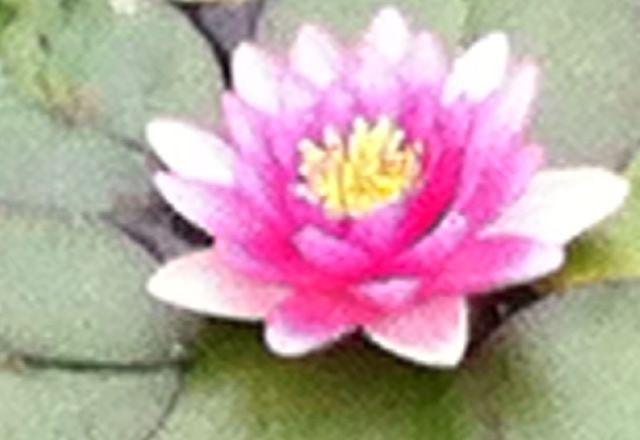
A friend of mine shared a wonderful insight that has come to mind again and again over the summer. My friend’s insightful words center around a distinction he made between our “life situation” and our “life.”
Our “life situation” is just that – the situation(s) we find ourselves in: our jobs, ages, illnesses, losses, wealth or poverty, marriages, divorces, parenting, care giving, and so on, in other words, our activities, our health, our relationships, and our responsibilities. These things are ever-changing. But our “life” refers to something deeper – something abiding and unchanging within us.
Patanjali’s Yoga Sutra makes a distinction between the material, ever-changing aspects of our life and that which is eternal. The material aspect, prakriti, is synonymous with our “life situation” – our age, our physical and mental condition, our role in the world. That which does not change, purusa, is the eternal, unchanging aspect of ourselves, often referred to as the soul, consciousness or spirit.
The Yoga Sutra teaches that if we believe that our “life situation” is the only thing we truly are, then we will identify with those things in our life that are temporary and cause suffering. I often hear people say, “I am old.” Being “old” and the consequent changes in our physical, energetic, and mental systems that accompany aging create distress for many of us. Yoga teaches that believing our body to be who we are, rather than recognizing our spiritual nature as our essence, causes suffering.
This is not to say the body isn’t real or that suffering isn’t real. It is when we identify so strongly with the impermanent aspects of ourselves to the exclusion of anything else that we get into trouble. For example, if I tell myself I will only be happy if I lose 5 pounds, I tie my happiness to how my body looks.
Yoga is about coming to a place of clarity and understanding that we are more than this physical body whose natural course is to change over time. We grasp that our “life” is something much deeper than “I am old” or “I am overweight”. Then, the decisions we make start to reflect that clarity.
For me, the process of moving from making decisions solely based upon my life situation to those informed by purusa has not been easy. With consistent yoga practice and study over time, along with faith and the support of others, I find it a bit easier to trust in my higher self and am more aware of where my actions are based.
When we make decisions from a place of clarity, with a sense of peace, and a “settled heart,” then our outcomes are almost always positive. This is when we rest in purusa. This is when we are living our life.
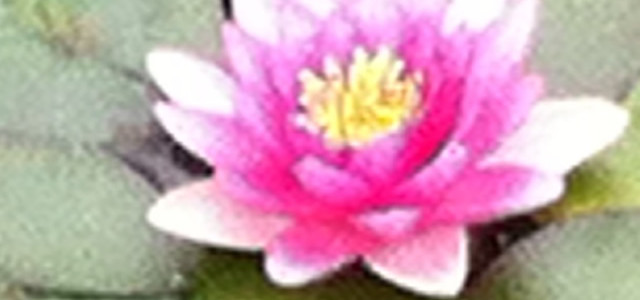



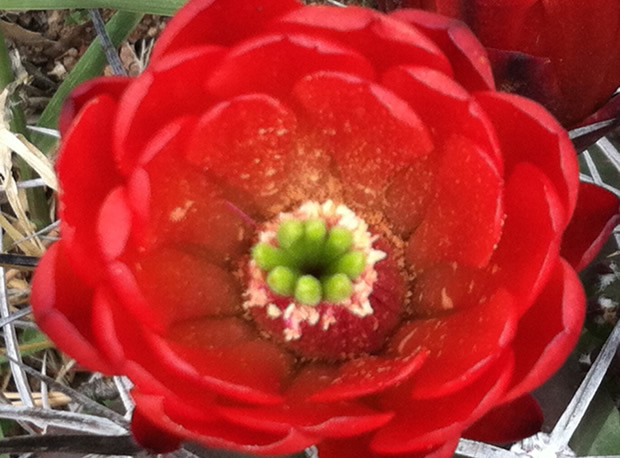
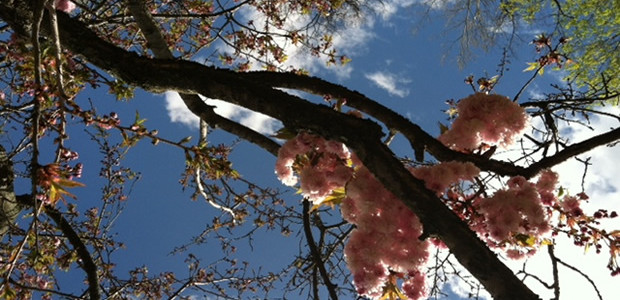
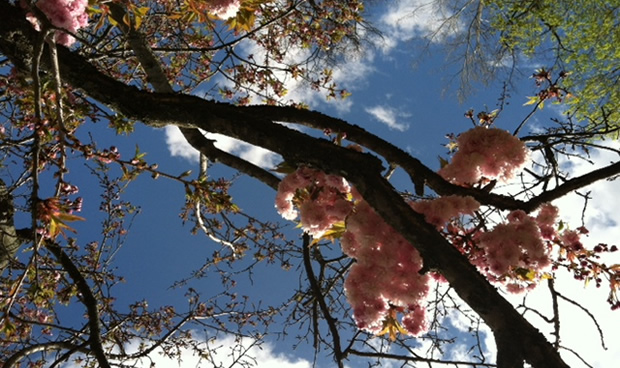
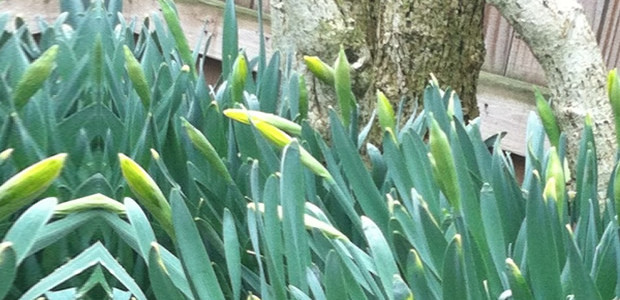
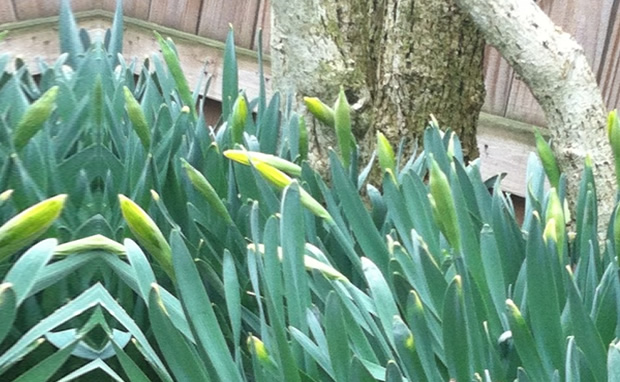

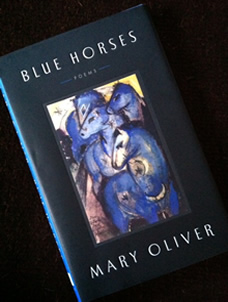 This question has lingered in my mind since it was asked on a form I was filling out for my first reflexology session with my friend and reflexologist Lori Sweet. The question stopped me. I had no idea how to answer it. And, I began to ask myself “what is joy for me?”
This question has lingered in my mind since it was asked on a form I was filling out for my first reflexology session with my friend and reflexologist Lori Sweet. The question stopped me. I had no idea how to answer it. And, I began to ask myself “what is joy for me?”